A hike can be as easy as a walk in the park (literally), but when you start covering more interesting terrain, you’ll quickly meet challenges. Maybe you’re out of breath when you head up hills, or maybe you never manage to pack the right things or wear the right clothes. Here are 10 tips for becoming a more confident hiker.
Improve your cardio
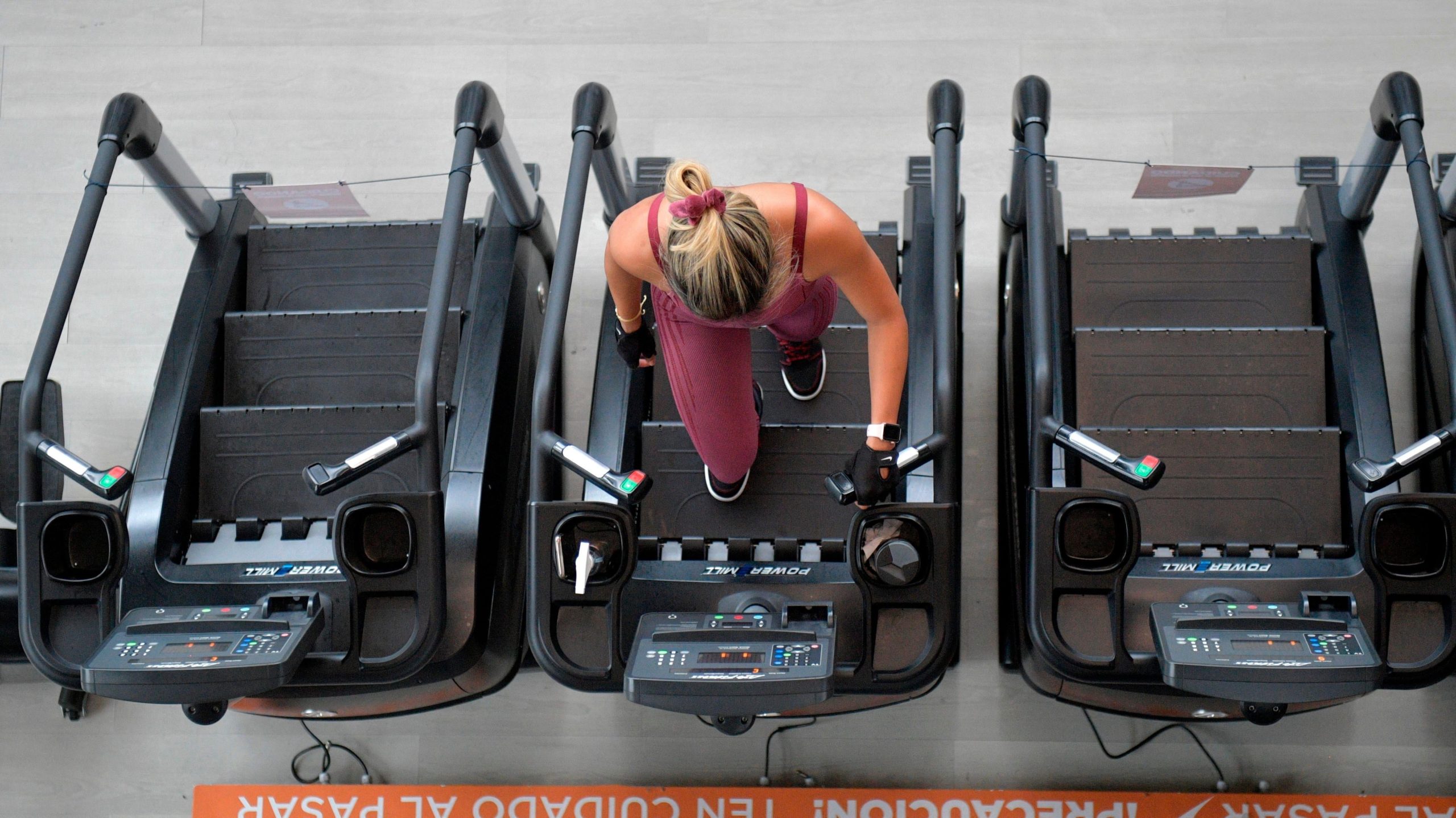
The more you hike up hills, the better you’ll get at hiking up hills. But what if you can’t get out onto the trails every day? Work on your cardio in the gym or at home. Running, cycling, and brisk walks are perfect, or try any of these underrated cardio options. The stronger your heart is, the easier those hills will feel.
Pack the right snacks
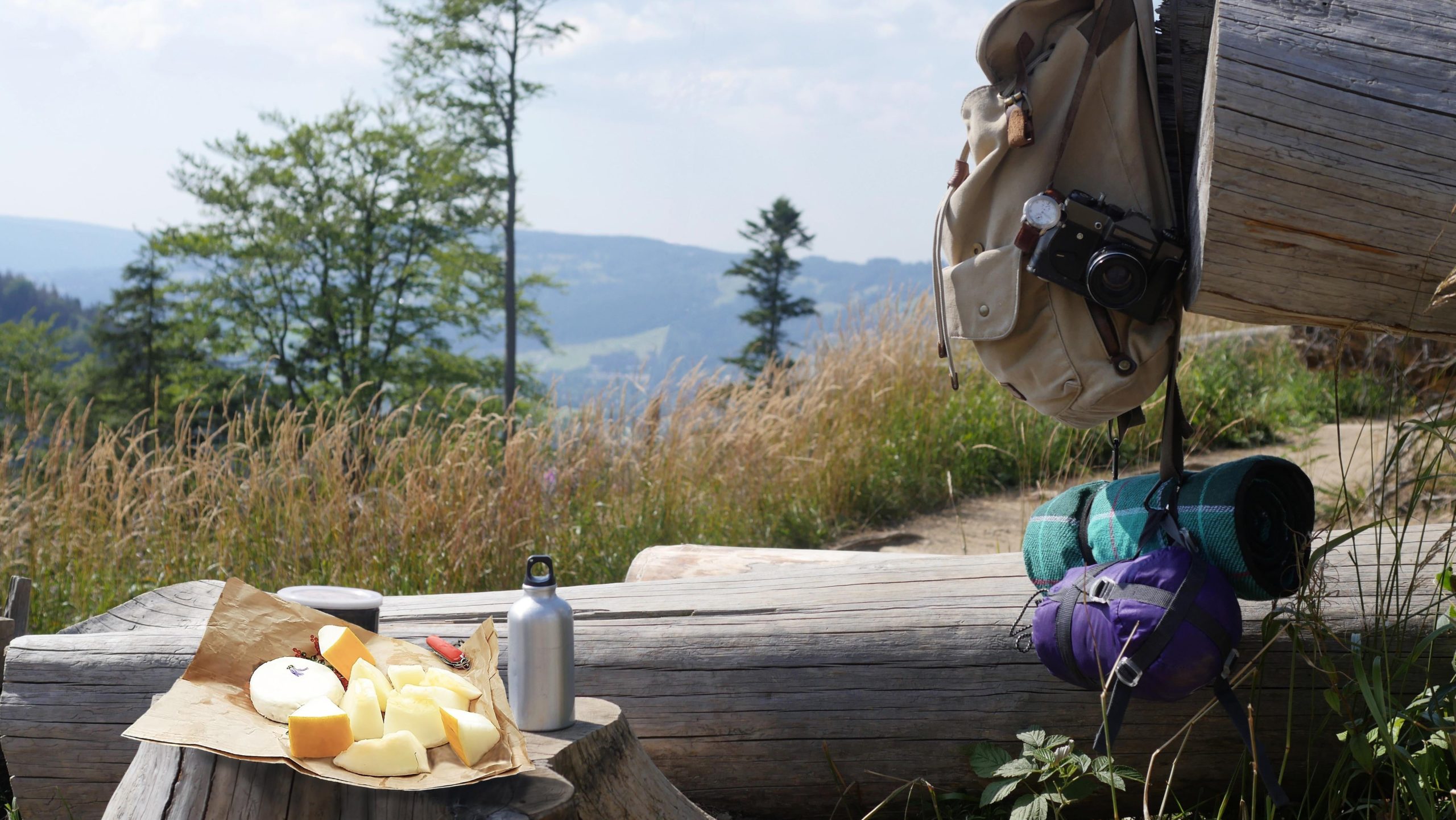
You need energy when you’re out on the trails all day, and you need extra food in your pack in case you get lost and end up staying out later than you planned. Bring a variety of options, including plenty of carbs (raisins, candy, crackers) as well as fat and protein to keep you full (nuts, protein bars, or be like our genius food writer Claire Lower and bring a little cheese board).
Find the right shoes
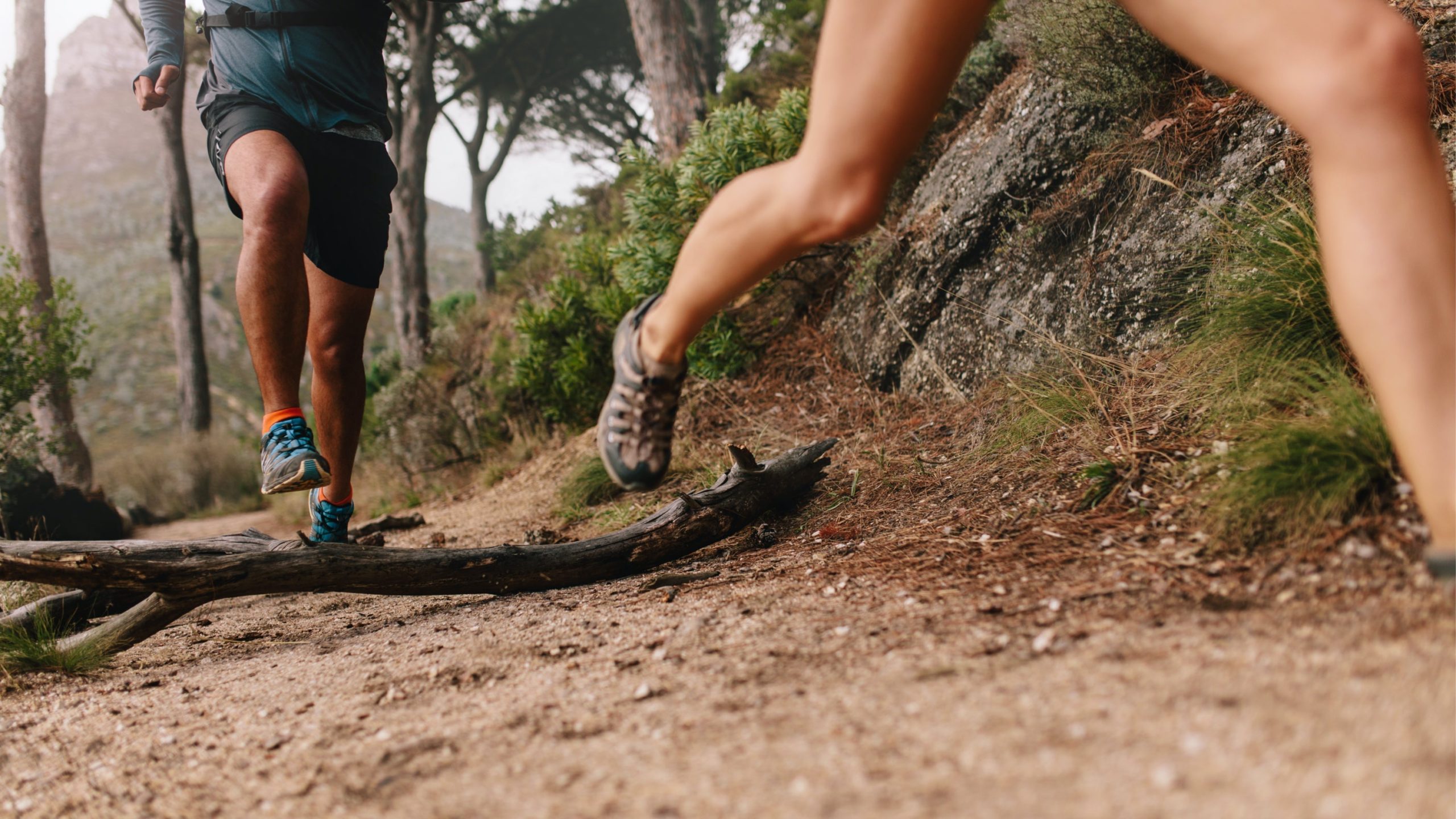
As we pointed out in our article on trail running, shoes are one of the most important things you’ll have to choose. Sneakers are fine for many trails, but if you’ll be on rocky terrain all day, you might want something with a stiffer sole. Also consider whether you want something waterproof and maybe insulated (for cold, wet weather) or something that can dry out easily if you have to cross a creek (probably a better option in warm weather).
Strength train…seriously
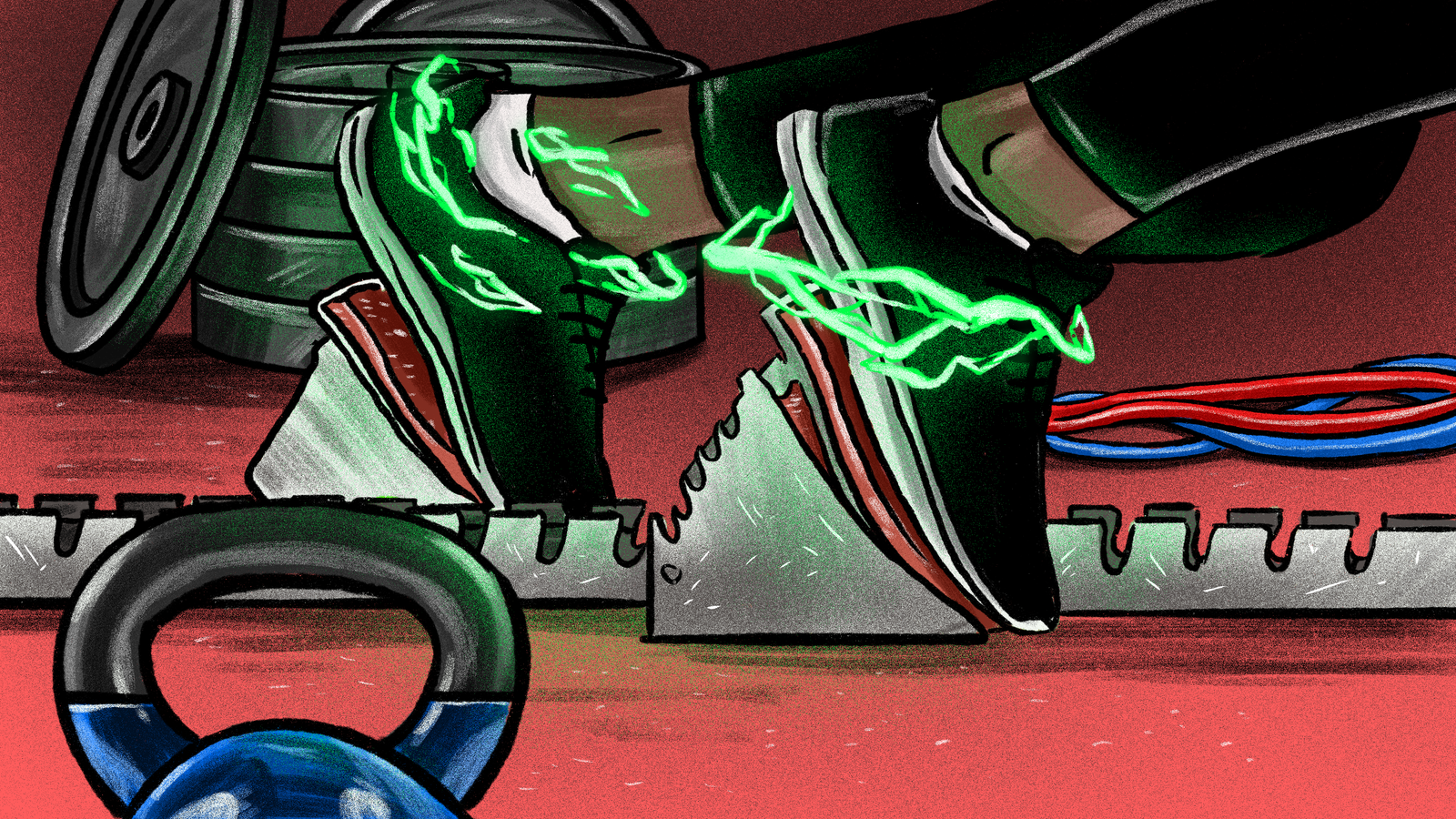
You’ve been working on your cardio? Great. Now let’s consider your muscles. The stronger your legs are, the easier time you’ll have on those uphills, and especially on the downhills. (Ever had sore quads the day after a hilly hike? Blame the downhills.) Our tips on strength training for runners are a good starting point for hikers too, for all the same reasons.
Make friends with hills
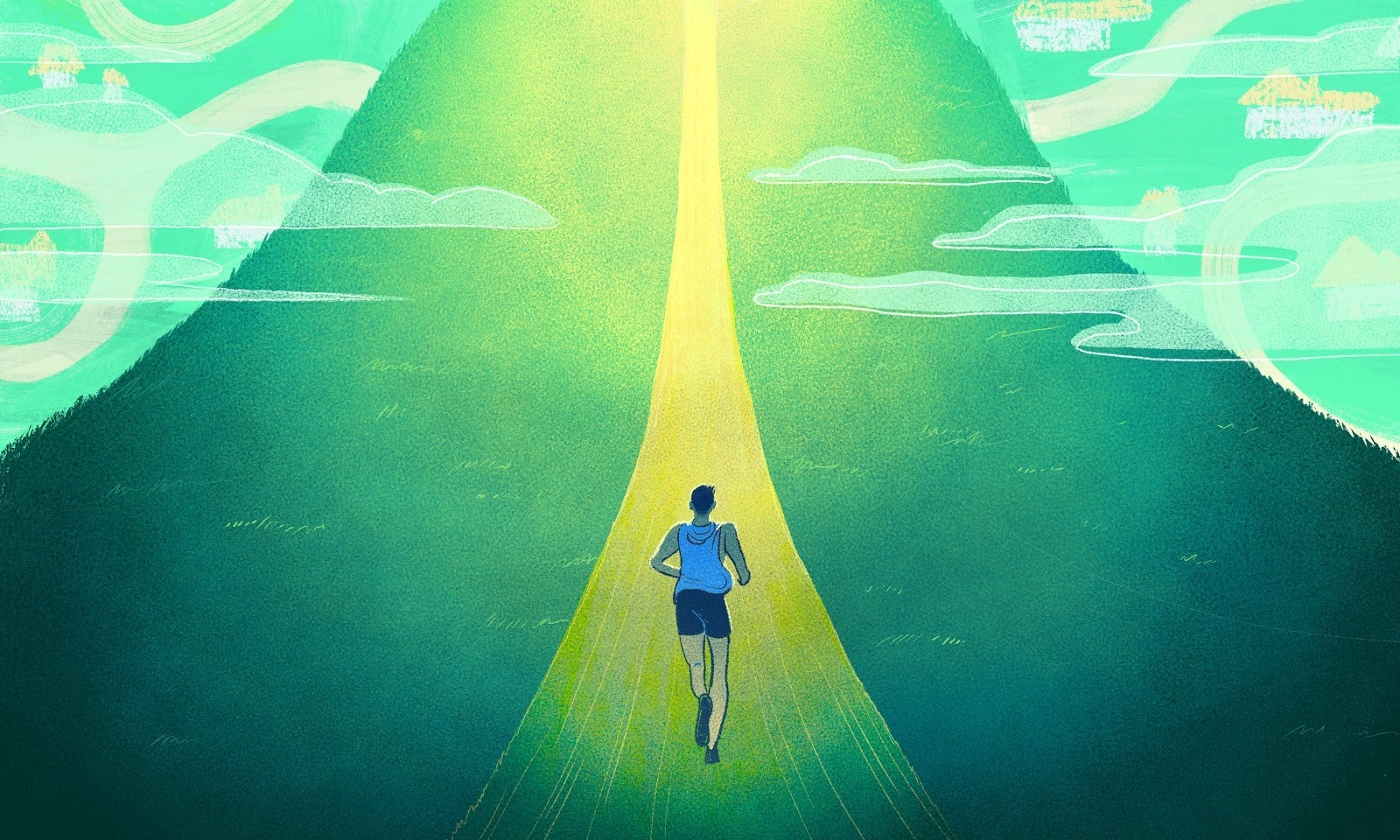
Hills are almost as much mental as physical, and this is another place we can take a page from advice for runners. Train on hills, expect your pace to slow down, and tell yourself that your extra training is making hills your goddamn superpower. Pretty soon, that lie will come true.
Pack the “ten essentials”
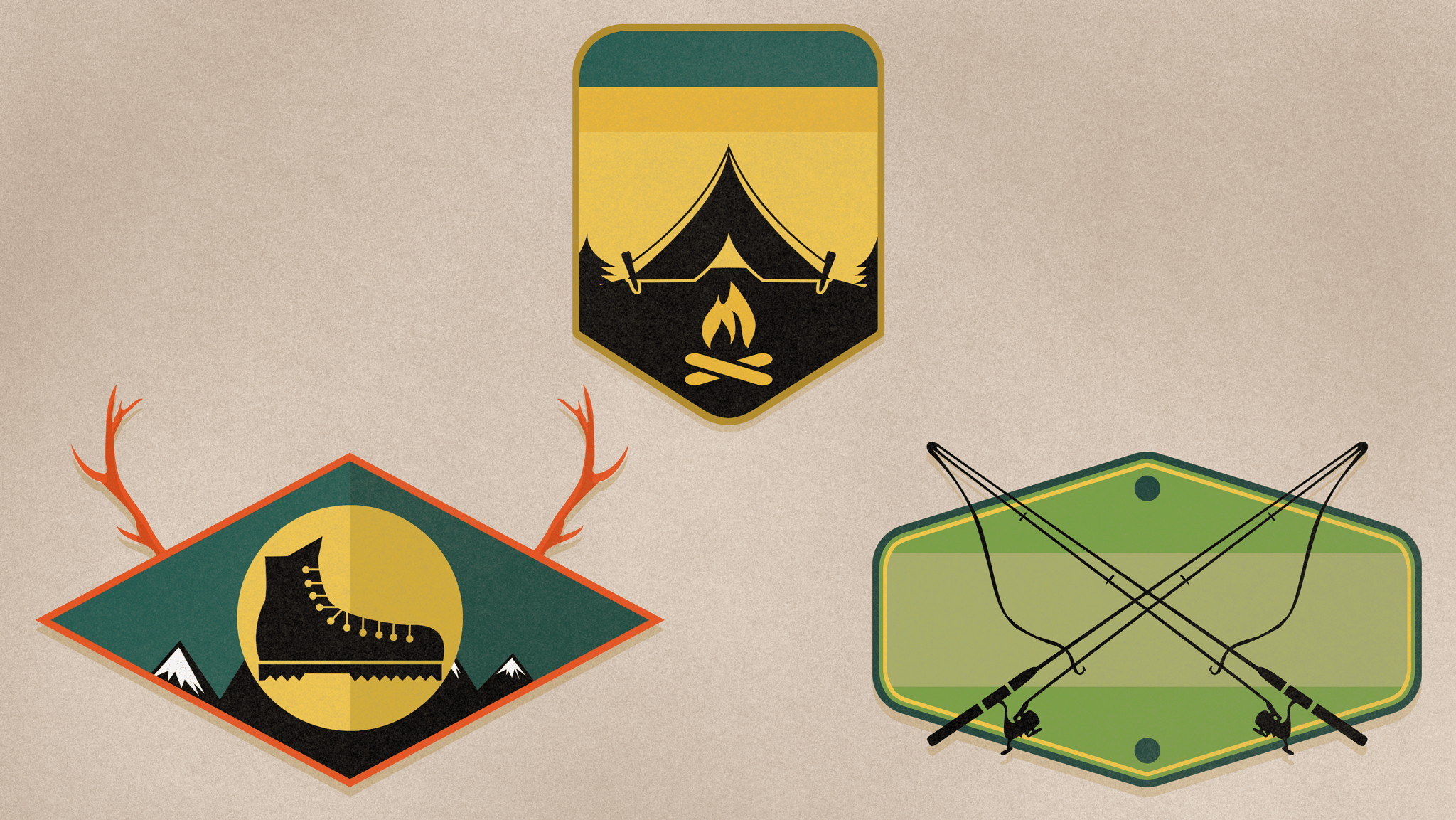
You don’t want to end up on the trails at night without a flashlight, or on top of a sunny mountain without your sunscreen. REI’s “ten essentials” are a great way to plan out your survival and safety items. You can read more here, but in brief, they are: a backup map or other way to navigate; a headlamp; sun protection; a first aid kit; a knife; a way to start a fire; a shelter, even if that’s a space-blanket-style emergency bivvy; extra food; extra water; and extra clothes. (We have our own guide to camping and hiking gear here.)
Share your location
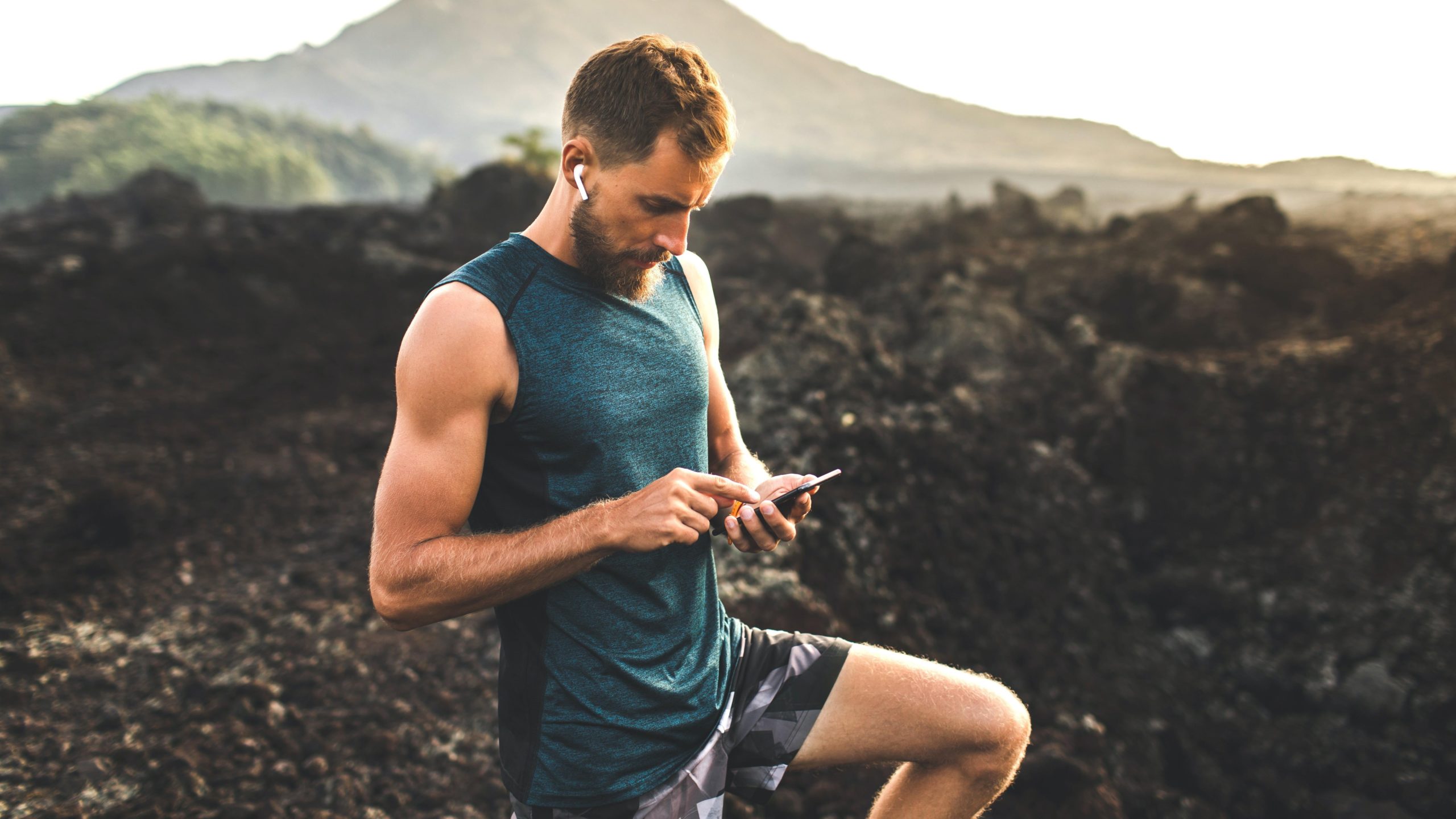
The standard safety advice is to always let someone know where you’re going and when you plan to be back. In addition, these days you can share your location using the app of your choice, such as a Strava beacon, or location sharing in Google maps.
Upgrade your backpack
If you groaned just thinking about fitting all that survival stuff into your worn-out daypack, it may be time to get something better suited to the task. For short local hikes you may not need to carry much, but if you want to be able to tackle longer trails, you’ll want a quality backpack that makes it easy to tote the essentials.
Learn to read trail blazes
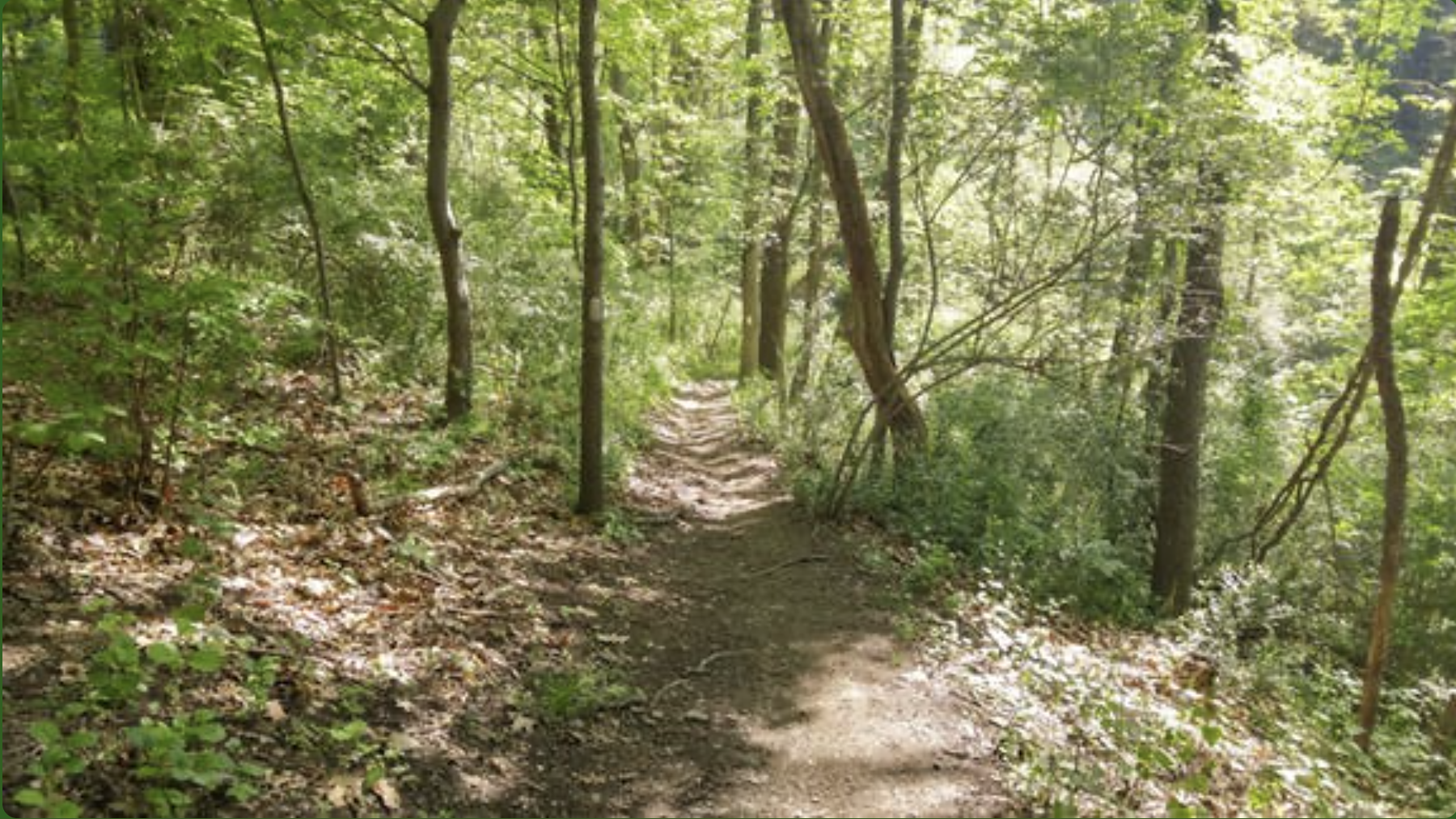
It’s not always enough to set off with a vague sense that you will “follow the trail.” Some human-made trails intersect with deer paths or rockfalls that can look confusingly similar. It’s also not uncommon to find yourself on a “trail” that goes along a road or a power line cut and may not look like a trail. That’s why it’s essential to learn to read the trail blazes in your area. Trail maps, signs, and park offices can get you started, but generally you’re looking for rectangular swipes of paint on trees or sometimes rocks. Two blazes means the trail is turning, so pay attention at intersections.
Find your favourite hiking socks, then pack extra
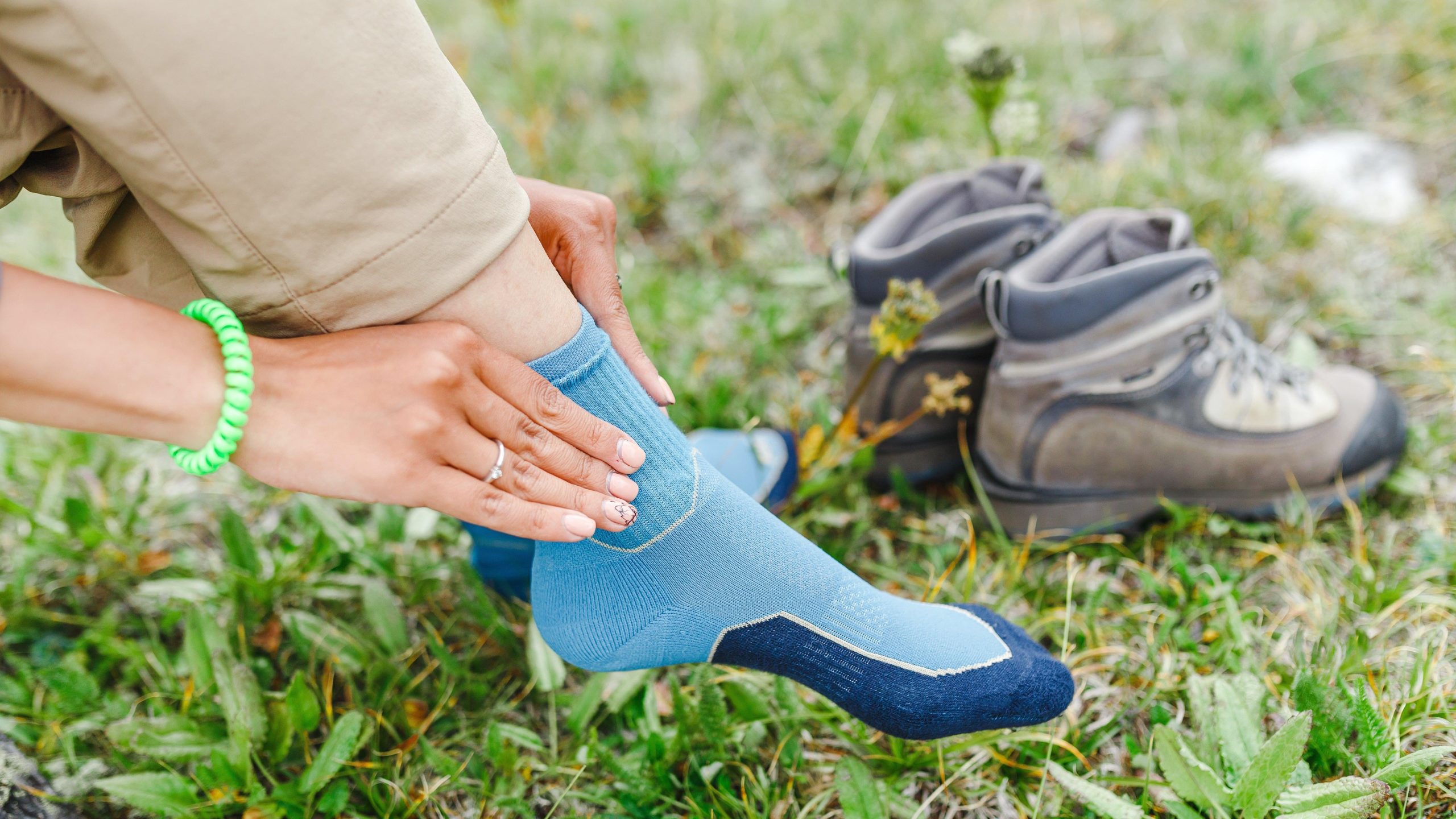
Appropriate clothing is essential, which means layering up and packing an extra rain jacket or poncho even if you aren’t sure you need it. But if you want to really treat yourself in the clothing department, pack an extra pair of dry socks. If you’ve gotten sweaty or stepped in a creek on your way out, that change of socks will feel like heaven on the way back.
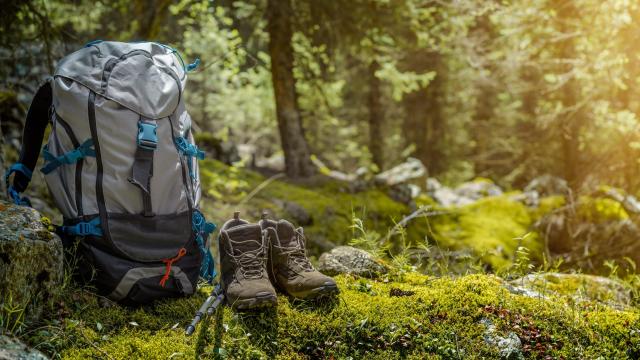
Leave a Reply
You must be logged in to post a comment.